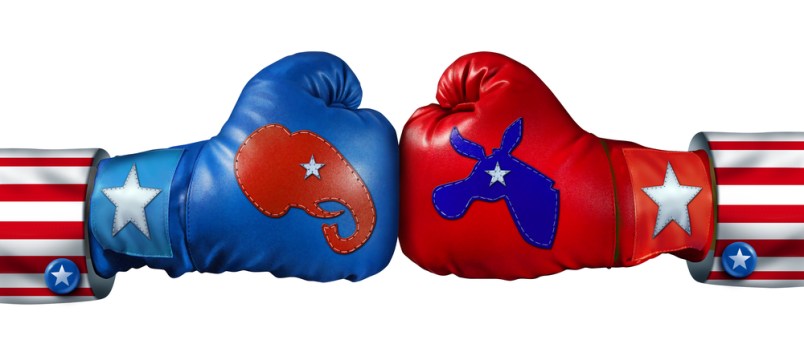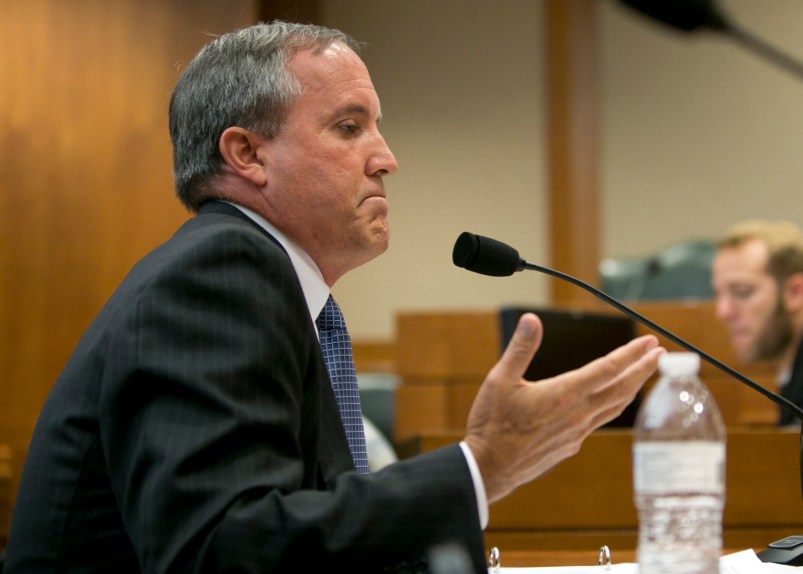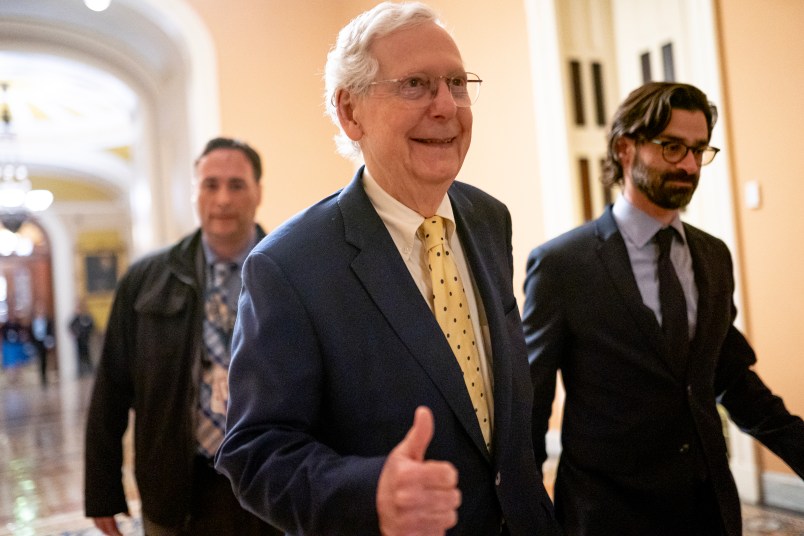We are now about to officially enter another general election year, and earlier Democratic optimism about making major gains in the U.S. House of Representatives has recently yielded to Republican optimism about retaking control of the Senate. This shift in expectations has been based in no small part on a steady decline in the president’s job and personal approval ratings, followed up by a Republican surge in the generic congressional ballot.
For the next ten months, with the exception of occasional presidential polls, all we’ll hear about is the ‘14 cycle. And if Republican good fortune continues, we’ll hear the kind of triumphalist conservative talk that was so prevalent before and after the 2010 elections. When it comes to the midterms, it may well be justified. Second midterms for the party holding the White House are usually grim. The strong alignment of pro-Republican demographic groups with those most likely to vote in midterms — generally, older white voters — gives the GOP a significant additional boost.
As the House Republican performance in 2012 showed, gerrymandering and incumbency have hardened their control of the lower chamber. Seven Democratic Senate seats are being contested in states carried by Mitt Romney, and only two Republican seats are considered vulnerable. In theory, Republican misgovernment and extremism in the states should make the 22 GOP-held governorships up in 2014 vulnerable. But at present, the respected Cook Political Report does not show Democrats with an advantage in any of those contests.
But if 2014 looks like a second straight boffo midterm for the GOP, 2016 looks like a third straight bad presidential year. All the demographic turnout advantages that make midterms good for Republicans will again vanish, with the kicker of another few years of demographic trends favoring Democrats. The Senate landscape will be shift sharply, with 24 of 34 seats being held by Republicans — seven in states carried twice by Obama — and with all 10 Democrats seats being contested in states carried twice by Obama. Even if Republicans gain control of the Senate in 2014, the odds are very high they will lose it two years later, and with it any chance of the “trifecta” that would enable conservatives to enact their aggressively counter-revolutionary agenda.
As for the presidency itself, there is no particular reason to think Republicans will break their losing streak. The GOP presidential field looks certain to tilt hard right, with former candidates Huckabee, Perry and Santorum mulling new bids, and new stars Cruz, Jindal, Paul, Ryan and Walker all competing to become the next Great Right Hope. Yes, Republicans could nominate Chris Christie or Jeb Bush (though either is a reach), but nominating the most electable candidate didn’t work out too well for Republicans in 2008 or 2012. And a big 2014 will reinforce the already powerful belief among conservative activists and opinion-leaders that there’s nothing wrong with GOP presidential tickets that more ferocious conservatism couldn’t heal.
My point here isn’t to mock Republican enthusiasm or give Democrats hope. It is that we are settling into a pattern of two closely matched parties who cannot achieve the power to govern — much less build an enduring majority — insofar as one has a built-in advantage in midterms while the other is hard to beat in presidential years. So long as Republicans continue their recent hostility to bipartisanship in any form other than Democratic surrender, then there is every prospect of gridlock as far as the eye can see. And that scenario, particularly if it is accompanied by a sluggish economy and a dangerous world, is very likely to perpetuate today’s historically exceptional unhappiness with both parties, with politics and with government.
To be sure, today’s remarkably fixed demographic patterns could change. Democrats could suddenly regain the appeal to white seniors that made their 2006 midterm landslide possible. Republican efforts to make youth unemployment and Obamacare wedge issues could significantly erode Democratic presidential advantages in presidential years, now and in the future. Persistent cultural radicalism could finally make the “gender gap” disastrous for the Republicans, and Latino disappointment with Democratic policy failures could finally extract a price.
But these ways to unlock the grid won’t happen automatically, and much as professional nonpartisans hate to admit it, the various forces that created today’s partisan polarization–and the obstacles to any bipartisan or third-party “solution”–are as strong as ever.
So get ready for at least two more turns on the electoral roller coaster the next three years, during which it may eventually occur to political observers that the “game” really isn’t “changing” much at all.
Ed Kilgore is the principal blogger for Washington Monthly’s Political Animal blog, Managing Editor of The Democratic Strategist, and a Senior Fellow at theProgressive Policy Institute. Earlier he worked for three governors and a U.S. Senator. He can be followed on Twitter at @ed_kilgore.









